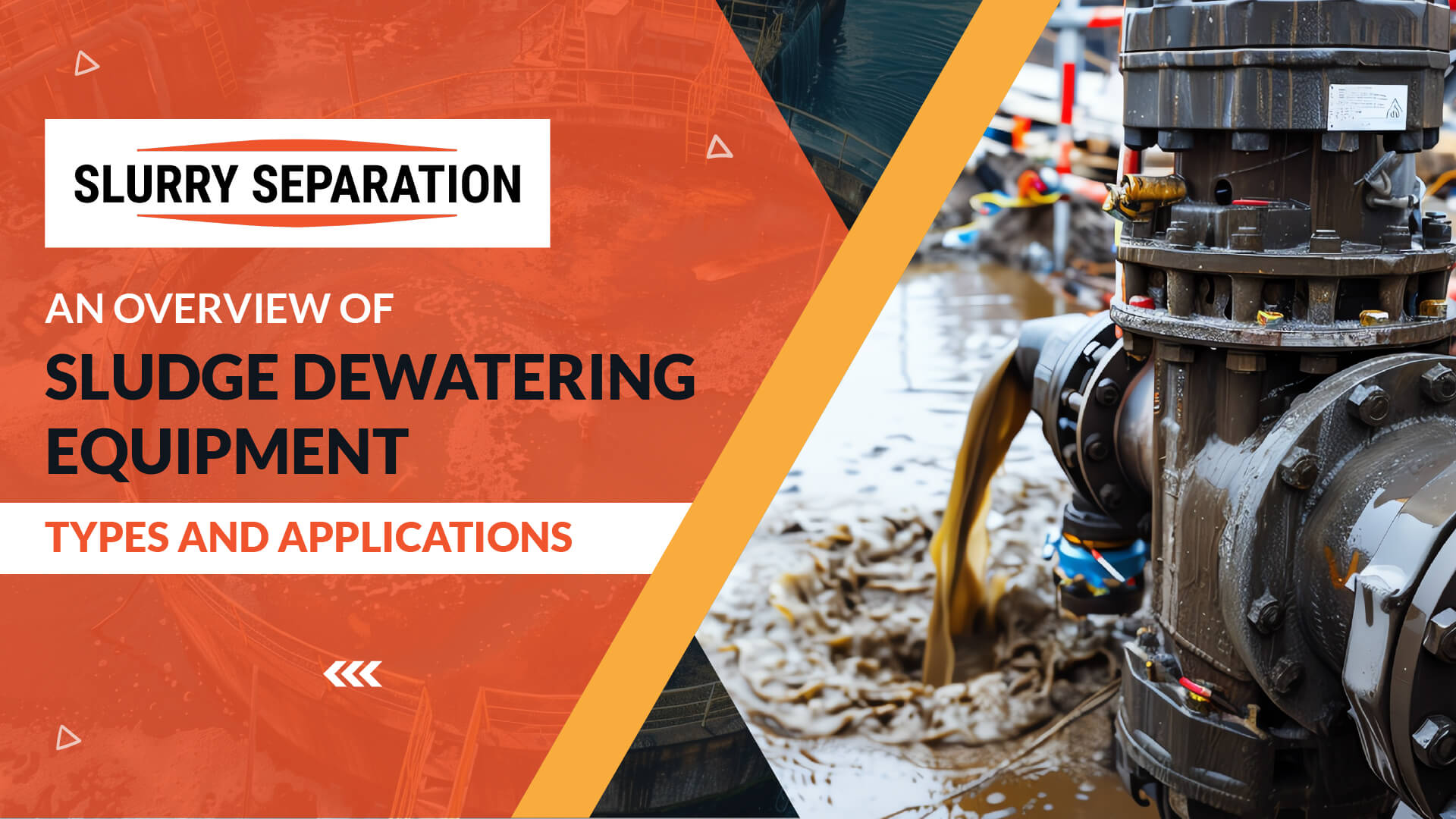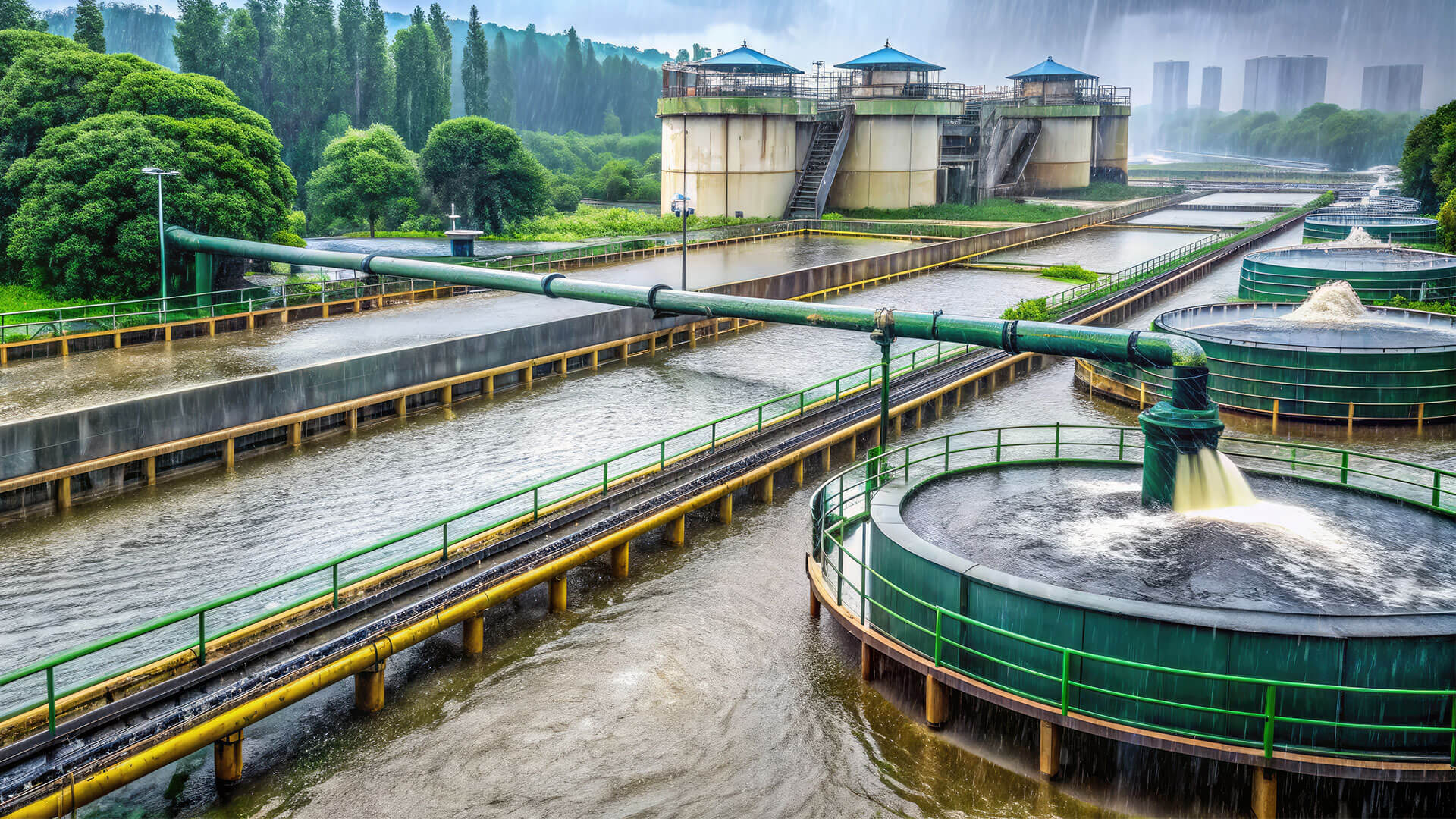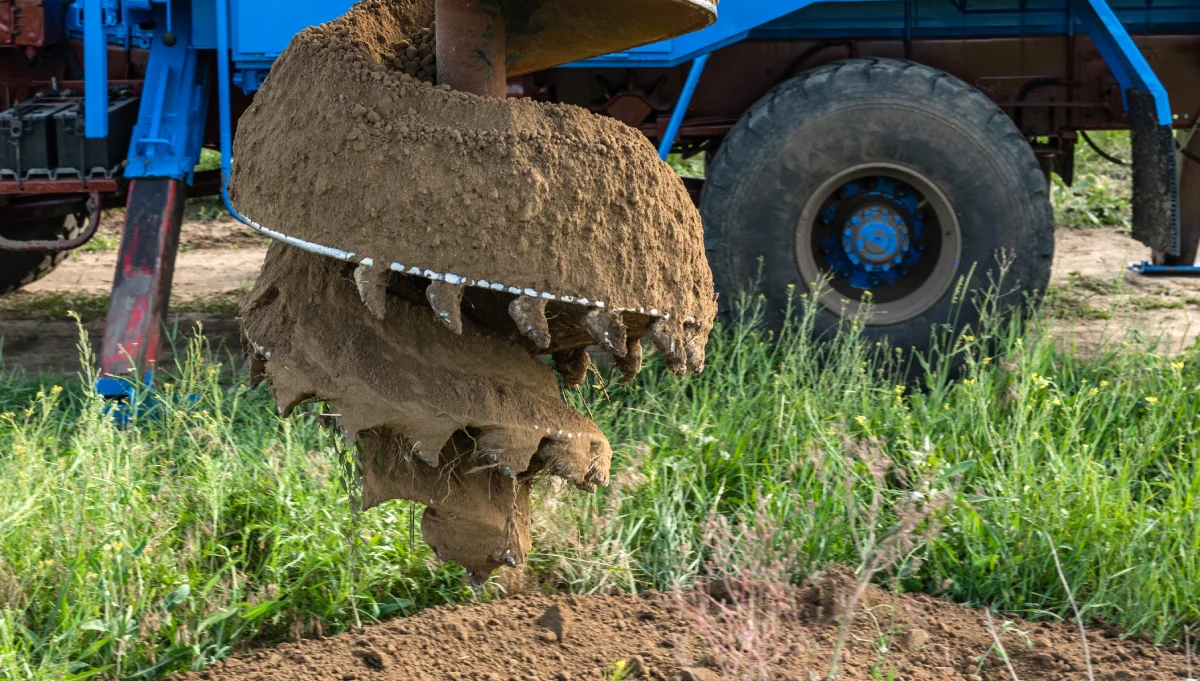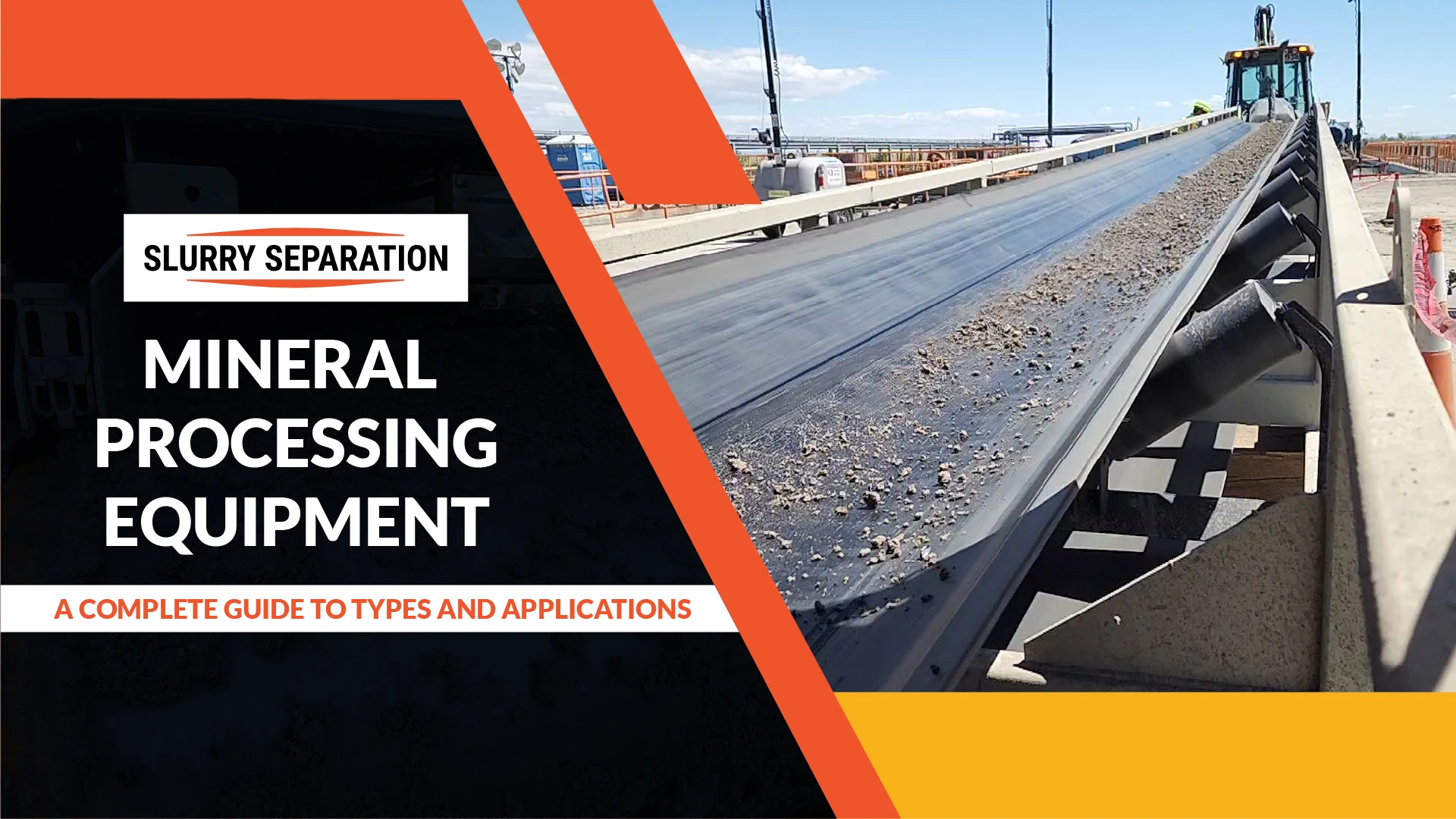- What is Sludge Dewatering?
- Key Factors to Consider When Choosing Dewatering Equipment
- Types of Sludge Dewatering Equipment
- Applications of Sludge Dewatering Equipment Across Industries
- Best Practices for Operating and Maintaining Dewatering Equipment
- Choosing the Right Sludge Dewatering Solution for Your Needs
- Conclusion
Sludge dewatering is a crucial process in many industries that generate waste sludge as a byproduct, including wastewater treatment, food processing, and mining. The primary goal of using sludge dewatering equipment is to reduce the volume of sludge, making it easier to handle, transport, and dispose of while also lowering associated costs. Effective sludge dewatering not only minimizes environmental impact but also enables recycling or reuse of water, contributing to a more sustainable future. Selecting the right sludge dewatering equipment is essential to achieving optimal results and enhancing operational efficiency.
What is Sludge Dewatering?
Sludge dewatering involves separating water from sludge to create a concentrated, semi-solid product known as sludge cake. This process not only reduces sludge volume but also prepares it for further treatment or disposal. Key benefits of a sludge dewatering system include decreased disposal costs and environmental footprint, improved transportation efficiency, and better preparation for composting or incineration if required. Industries that commonly produce sludge include wastewater treatment plants, food processing facilities, and chemical manufacturing plants, where effective sludge dewatering equipment is vital.
Key Factors to Consider When Choosing Dewatering Equipment
When selecting the right sludge dewatering equipment, several critical factors come into play:
- Sludge Characteristics: Different types of sludge vary in composition, particle size, and water content, influencing which sludge dewatering system will work best. For example, oily sludge may require equipment with unique handling capabilities.
- Desired Dryness Level: The end-use goals for the sludge cake—whether for disposal, recycling, or incineration—dictate the required dryness level.
- Processing Volume and Space Constraints: The volume of sludge processed daily and available facility space may limit equipment choices.
- Energy and Operational Costs: Different types of sludge dewatering equipment consume varying amounts of energy, affecting overall operating costs.
Types of Sludge Dewatering Equipment
There are several types of sludge dewatering equipment available, each suited to specific sludge types and operational needs. Below are the most commonly used options.
Belt Filter Press
A belt filter press uses pressure to squeeze water out of sludge by passing it through a series of rollers. Widely used in wastewater treatment and food processing, belt filter presses offer continuous operation and can handle large volumes. While effective for a variety of sludge types, they may require polymers to assist in dewatering, and their performance can be limited when dealing with greasy or oily sludge.
Advantages: Continuous operation, suitable for high volumes.
Disadvantages: Higher polymer requirements limited effectiveness with greasy sludge.
Centrifuge Dewatering
Centrifuges use centrifugal force to separate solids from liquids. As the sludge is spun at high speeds, the heavier solids are forced outward while water remains in the center. Centrifuges are popular in industrial and municipal wastewater applications thanks to their efficiency and compact design. However, they tend to consume a lot of energy and may require frequent maintenance.
Advantages: High efficiency, compact footprint.
Disadvantages: High energy consumption, maintenance-intensive.
Screw Press
A screw press employs a slow-moving screw within a cylindrical screen to press the water out of the sludge. This equipment is ideal for various sludge types and is frequently used in industries where energy efficiency is essential. Though it’s reliable and energy-efficient, the screw press typically has a lower processing capacity than other equipment types and may not suit certain sludge consistencies.
Advantages: Low energy usage, reliable for multiple sludge types.
Disadvantages: Lower capacity, limited to specific sludge characteristics.
Filter Press
A filter press operates by applying high pressure to push water out of sludge. It’s commonly used in situations where a very dry sludge cake is needed, as it can achieve high solids content. Filter presses are particularly useful for fine particles and sludges with high solids concentrations, but they operate in batch mode, which may require more time for large volumes.
Advantages: Produces very dry cake, high solids removal.
Disadvantages: Batch process, longer operational time.
Rotary Drum Thickener
A rotary drum thickener is often used as a pre-dewatering step, increasing sludge solids concentration before further dewatering. It works by rotating a drum containing the sludge, which allows water to drain away. This process is economical and requires little maintenance, but it doesn’t achieve full dewatering, as it produces only thickened sludge rather than a dry cake.
Advantages: Cost-effective, low maintenance.
Disadvantages: Produces thickened sludge, not fully dewatered.
Other Emerging Dewatering Technologies
Newer technologies, such as electro-dewatering, vacuum-assisted dewatering, and ultrasonic dewatering, are being explored for their potential to offer higher efficiency and cost savings. Each has its unique approach and benefits, particularly in situations where conventional sludge dewatering systems may struggle, like with highly variable sludge types or extreme dryness requirements.
Applications of Sludge Dewatering Equipment Across Industries
Different industries have unique sludge dewatering system needs, and the choice of equipment varies accordingly:
- Wastewater Treatment Plants: Sludge dewatering equipment is essential in reducing sludge volume before final disposal, reducing transportation costs.
- Food and Beverage Industry: Equipment like belt filter presses and screw presses manage organic sludge from food processing, ensuring safe disposal or composting.
- Chemical and Pharmaceutical Industry: Dewatering hazardous sludge from chemical processes ensures safe handling and minimizes environmental impact.
- Mining and Drilling: Centrifuges and filter presses are widely used for dewatering mineral-laden sludge.
- Agricultural and Livestock Waste: Screw presses and rotary drum thickeners help process manure and biosolids, allowing for easier handling and possible reuse as fertilizer.
Best Practices for Operating and Maintaining Dewatering Equipment
To keep sludge dewatering equipment functioning optimally:
- Regular Inspection: Routine checks help identify wear and tear, reducing downtime.
- Energy Optimization: Adjusting settings to reduce unnecessary energy consumption can improve efficiency.
- Troubleshooting: Familiarity with common issues, such as clogging or reduced performance, can prevent minor issues from escalating.
Choosing the Right Sludge Dewatering Solution for Your Needs
When selecting sludge dewatering equipment, it’s crucial to consider your sludge’s characteristics, industry needs, and available budget. Consulting experts in sludge dewatering systems can further streamline the decision-making process, ensuring you choose the most efficient and cost-effective solution. This active role in the selection process empowers you to make informed choices that align with your operational and environmental goals.
Conclusion
Sludge dewatering is essential for waste management and environmental protection across many industries. Selecting the right sludge dewatering equipment can maximize efficiency, reduce costs, and enhance sustainability efforts. By understanding the various types of dewatering equipment and their applications, businesses can make informed choices that align with their operational and environmental goals.






